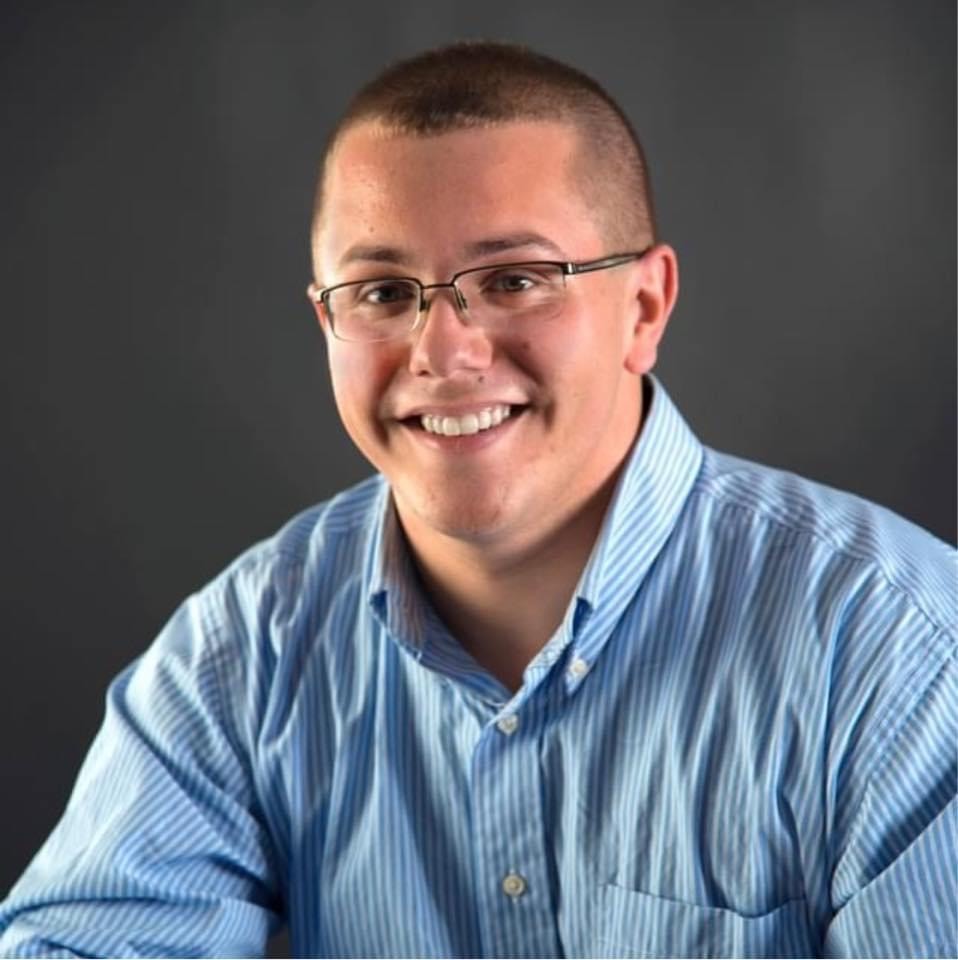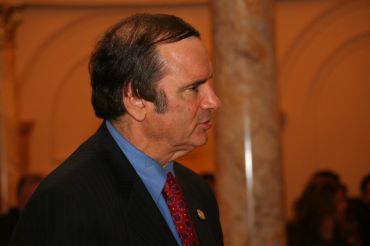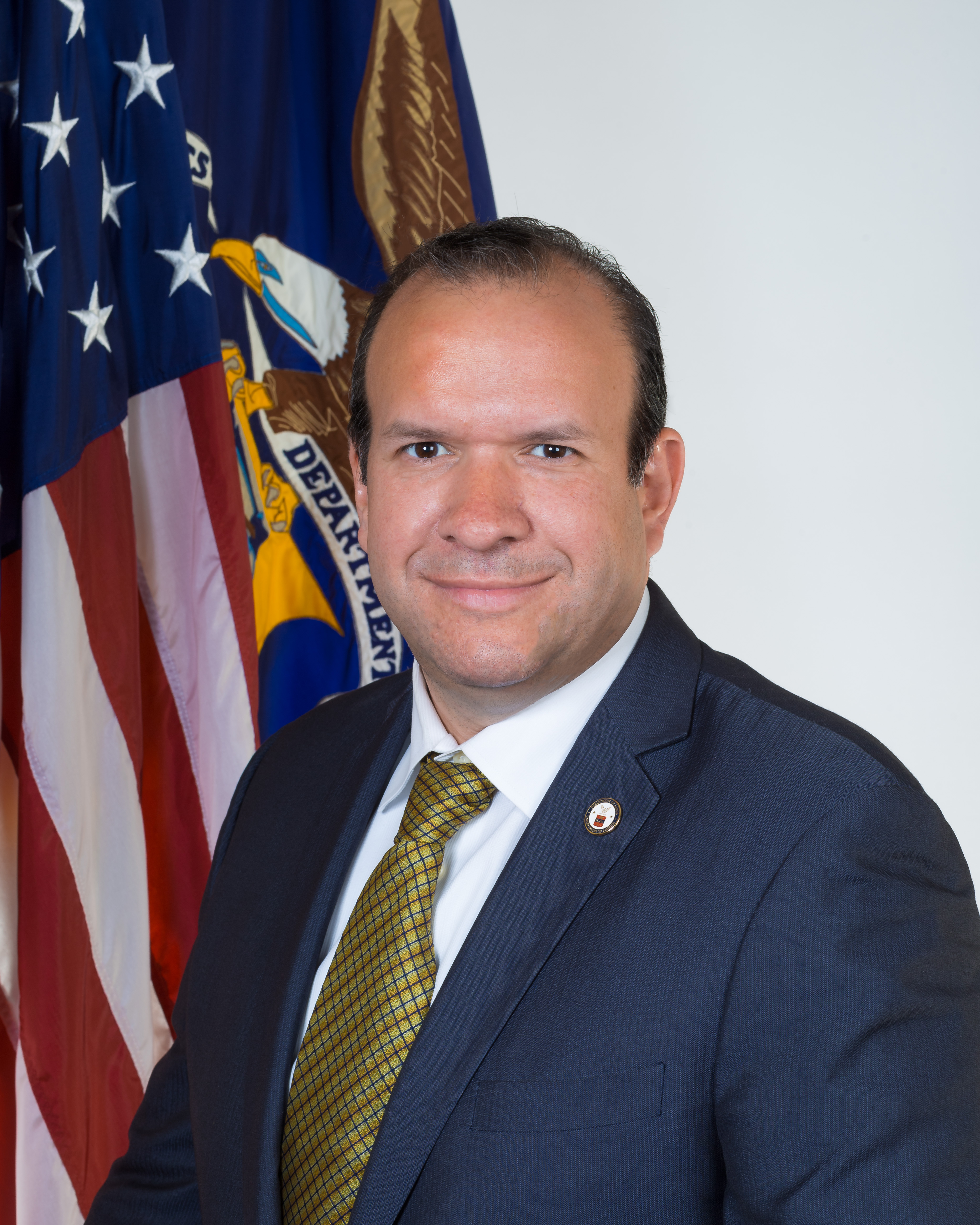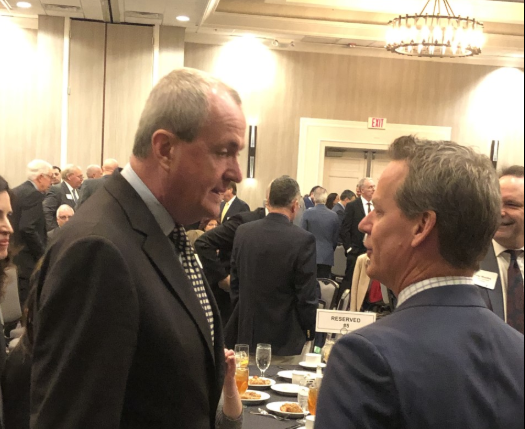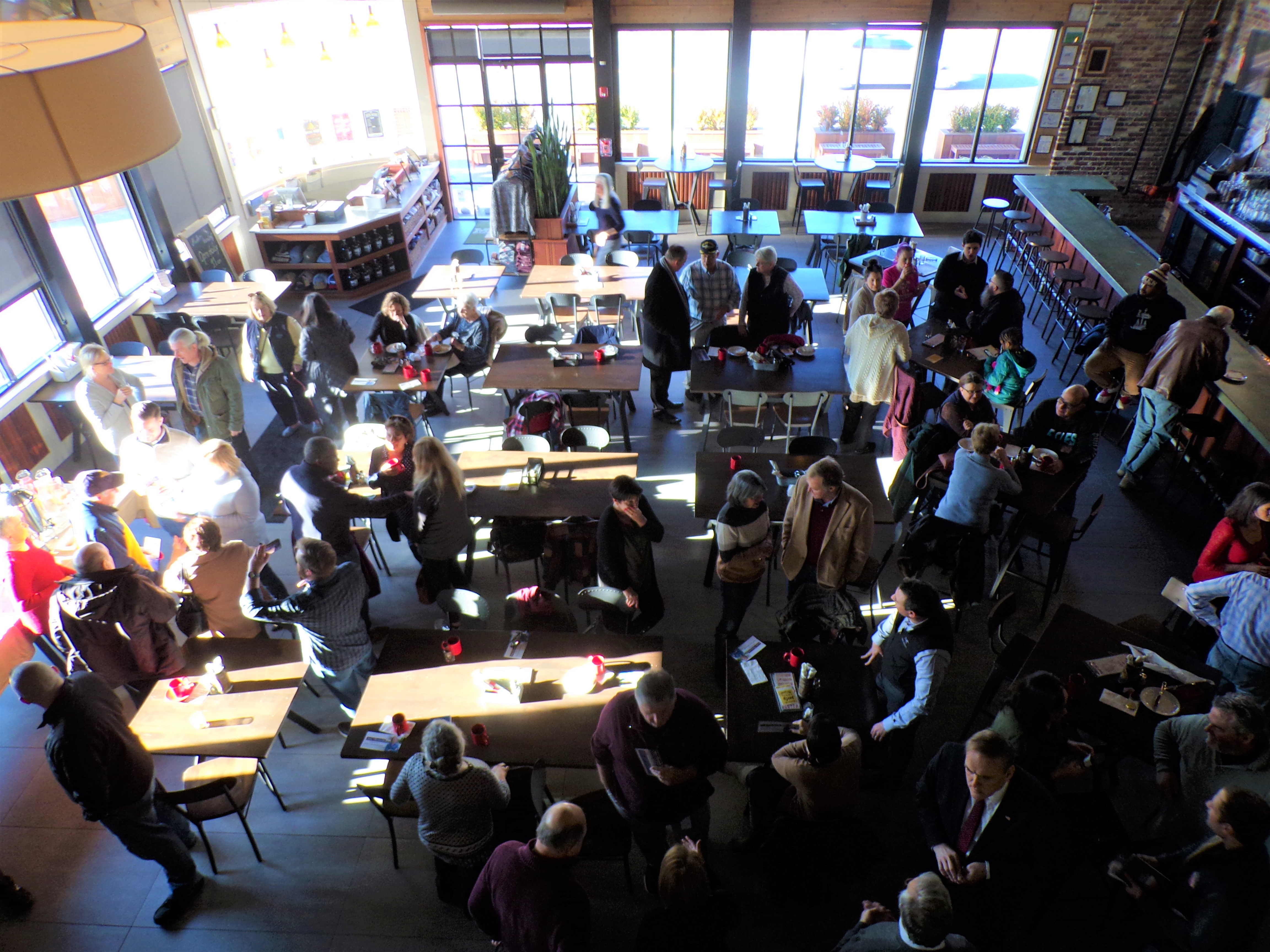Montville is a township in Morris County, New Jersey, United States. As of the 2010 United States Census, the township’s population was 21,528, reflecting an increase of 689 (+3.3%) from the 20,839 counted in the 2000 Census, which had in turn increased by 5,239 (+33.6%) from the 15,600 counted in the 1990 Census.
Montville was incorporated as a township by an act of the New Jersey Legislature on April 11, 1867, from portions Pequannock Township.
In Money magazine’s 2013 Best Places to Live rankings, Montville was ranked 13th in the nation, the second-highest among the three places in New Jersey included in the top 50 list. The township was ranked 17th in the magazine’s 2011 ranking of the “Best Places to Live”, the highest-ranked place in New Jersey, after having been ranked 13th in 2007. In 2009, Money magazine named Montville the 21st best place to live in the United States; the 2nd highest ranked community in New Jersey.
The area now known as Montville Township was first settled by Dutch farmers from New Amsterdam (now part of New York City) in the very early 18th century. Part of New Netherland, the town was originally called “Uyle-Kill” (the Dutch spelling of “Owl-Kill”), a name given to the creek and valley, which ran through the area. By the 1740s, the settlement had grown in size and construction of the first road was begun. The early road, now known as U.S. Route 202, connected various farms with Montville’s first gristmill, sawmill and tanneries. The Dutch Reformed Church was founded in Old Boonton in 1756 and moved to Montville in the early 1800s after land was purchased here for a parsonage.
During the American Revolutionary War, Montville was on a major military route from Morristown to the Hudson River. General George Washington’s troops often took this route and Washington stayed in the Towaco section of what is now Montville Township in June 1780. The French troops under the leadership of General Rochambeau spent four days passing through Montville Township on their way to the War’s final victory at Yorktown, Virginia, as part of a group of 5,000 soldiers, 2,000 horses, 500 oxen, possibly 900 cattle, artillery, boats and followers.
Montville was officially named with specific boundaries April 1800. The name came from the Mandeville Inn, which was established around 1770 and was pronounced “Mondeveil” by the Dutch, which in turn was corrupted to Montville. The Montville Inn was, up until July 2006, located at the site of the pre-Revolutionary War Mandeville Inn, which burned down in the early Twentieth Century. Other sources attribute the township’s name to its location in the mountains of Northern New Jersey.
The construction of the Morris Canal in this area was completed in 1828, bringing commercial navigation to the Montville/Towaco area. The mid-19th century saw the development of two smaller village centers set apart from Montville: Pine Brook, a fertile agricultural area in the Township’s southern end, and Towaco, situated on the Morris Canal.
The Pine Brook Speedway, which operated from July 1962 until October 1989, was designed for midget car racing and became one of the earliest sites for microstock racing. Mario Andretti raced at the track and had some of his earliest success as a race car driver at the Speedway.
According to the United States Census Bureau, the township had a total area of 19.056 square miles (49.354 km2), including 18.480 square miles (47.862 km2) of land and 0.576 square miles (1.492 km2) of water (3.02%).
Unincorporated communities, localities and place names located partially or completely within the township include Horse Neck Bridge, Lake Valhalla, Lower Montville, Pine Brook, Taylortown, Towaco and White Hall.
Camp Dawson is a small camp area in Towaco that is home to a variety of recreational events such as hiking, sledding, soccer, lacrosse, rugby and football. In 2007, Camp Dawson was described by Money (magazine) as one of reasons for ranking Montville as the 13th best smaller population place to live in the United States. Many Montville sports teams use the fields at Camp Dawson, which include two turf fields mainly used for football, soccer and lacrosse. These fields have lighting available for these teams to play at night. There was a flurry of concern in 2008, when testing of Dawson’s new artificial turf playing fields showed what turned out to be false positive finding of dangerously high levels of toxic lead.
As of the 2010 United States Census, there were 21,528 people, 7,485 households, and 5,988 families residing in the township. The population density was 1,165.0 per square mile (449.8/km2). There were 7,823 housing units at an average density of 423.3 per square mile (163.4/km2). The racial makeup of the township was 78.04% (16,800) White, 1.28% (275) Black or African American, 0.10% (22) Native American, 18.07% (3,890) Asian, 0.01% (2) Pacific Islander, 0.86% (186) from other races, and 1.64% (353) from two or more races. Hispanic or Latino of any race were 4.18% (900) of the population.
Source: Wikipedia




